Dear coven,
For this week’s enchantment I would like to introduce you to the work of photographer Kati Horna. For those new here, enchantment of the week is a weekly series in which I introduce you to painting, photography, literature, and various works of art that were motivated by magic. Let’s dive right in!
Kati Horna knew that looking and seeing were two very different things. She was a vivid storyteller and her view of the world captivated those around her whether it was expressed over a cup of coffee or through her camera lens. To her, what most mattered in photography, and by extension in a good story was capturing the initial feeling when pressing the shutter, an honest and raw depiction of the gaze. For Horna a picture was not simply ‘taken’ and torn from reality, it was a delicate connection between the outer and inner world. 1
Kati Horna’s life was not easy. The threat of the war loomed over her as she moved across Europe, seeking a way out of the warzone. Eventually, she found this in Mexico. A surge of surrealist escaped to Mexico since the government welcomed asylum-seekers from WWII and granted them citizenship.
She found herself within the company of artists such as Leonora Carrington and Remedios Varo, with whom she became close friends, and whose lives she captured through her lens. These photographs depict the beauty and magic of every day existence – a wedding, friends sitting together, children playing games.
In images of domesticity and the every day, Horna liberated herself and her female friends from the patriarchal grip these events held over women:
Domesticity and motherhood, which sometimes prove the shackles to a woman’s creativity, seemed instead to liberate the potential of the Surreal Friends. 2
While elements of the magic hidden behind domestic activities are prevalent in the work of both Varo and Carrington, Horna’s own practice is more rooted in documentary. However, her imagination spilled into many areas of photography and her images of Mexico allude to a fascination for the otherworldly. 3
Despite living in one of the noisiest places in Mexico City, Horna weaved her own universe within the walls of her home. Her space was not unlike the magical domestic spaces portrayed within the paintings of Leonora Carrington:
Each corner of Kati Horna’s house might contain something surprising if you looked closely enough.
There was the ubiquitous fountain—a symbol recalling those cities by the water that Kati considered happy places, because they had rivers whose swift currents could wash away your sorrows; a fountain crowned by conch shells so you could hear the surf if you wanted to; miniature horses rising out of pots; a metal door with marbles inserted into it, which became colourful constellations when you switched the light on; dozens of small translucent bottles; a tiny hourglass to remind us that time was ticking, sluggishly yet inexorably; some test tubes, seemingly misplaced; a scale with a set of glass weights; and a camera, of course— the first sign that the space belonged to a photographer, until you spotted a worktable on which the alchemy of processing took place. 4
Thousands of photographs occupied Horna’s home, contained in piled boxes within a system of carefully controlled chaos. All of them filled with stories, feeling, magic, and social consciousness. While her contemporaries presented the nude body of young women, Horna pictured elderly women. In considering the photograph by Horna Untitled (Peasant in a vineyard on the road from Madrid to Alcalá de. Henares), 1937:
Horna replaced the youthful nude with images of elderly women, which her contemporaries avoided. This choice challenged the model of the combative mother by employing the image of an elderly campesina to represent production, freedom, and endurance…
In Kati’s photograph…a campesina stands proudly in the foreground. Her hands rest on her hips, and she gazes outwards triumphantly. Her upright and steady posture is symbolic of women’s ability to continue producing even after her ability to bear children has passed. She appears no less capable of agricultural labour than a younger woman. 5
Within Kati Horna’s legacy, she left behind evoking depictions of her friends which hold an air of mysticism and a dark, yet powerful energy.
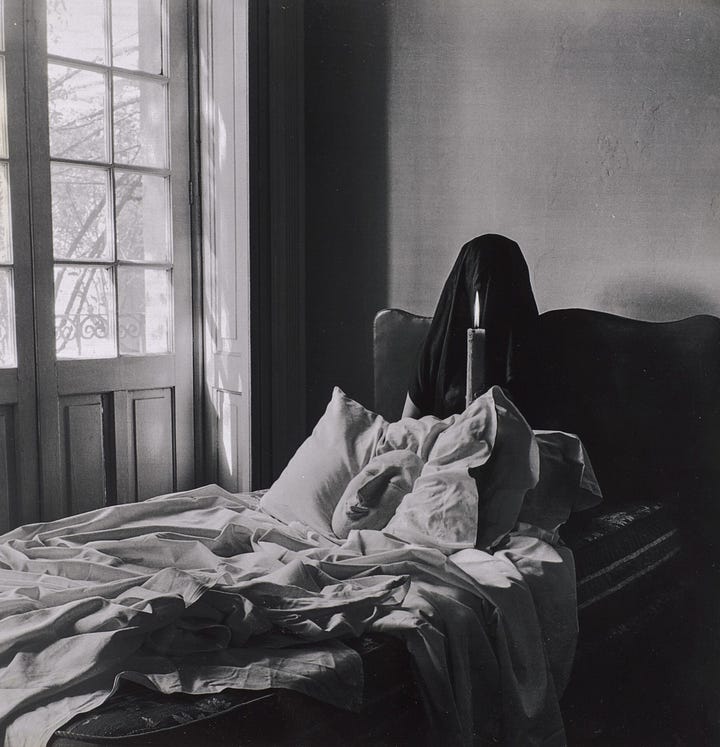


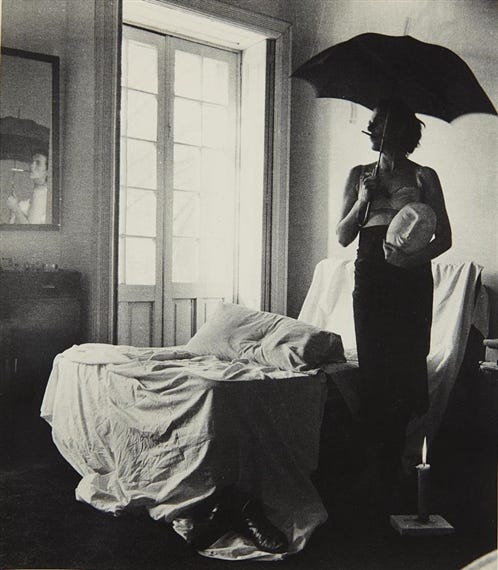


I hope you have enjoyed this little introduction to Kati Horna. If you are interested in learning about more artists and works of art and literature that deal with magic and surreality, consider subscribing to this newsletter and follow its visual companion on Instagram (@ surrealistcovens).
Thank you for reading!
Tip Jar ☕
Recent articles:
Pedro Tzontémoc and Paige Mitchell, ‘Kati Horna’, Artes de México, no. 132 (2019), 84
Joanna Moorhead in Surreal Friends: Leonora Carrington, Remedios Varo and Kati Horna (2010)
Pedro Tzontémoc and Paige Mitchell, ‘Kati Horna’, Artes de México, no. 132 (2019), 84.
Lizi Anderson-Cleary, ‘A Hybrid Avant-Garde: Kati Horna’s Balance between Artist Autonomy and Political Engagement’, React/Review 4, no. 1 (2024): 101–19.





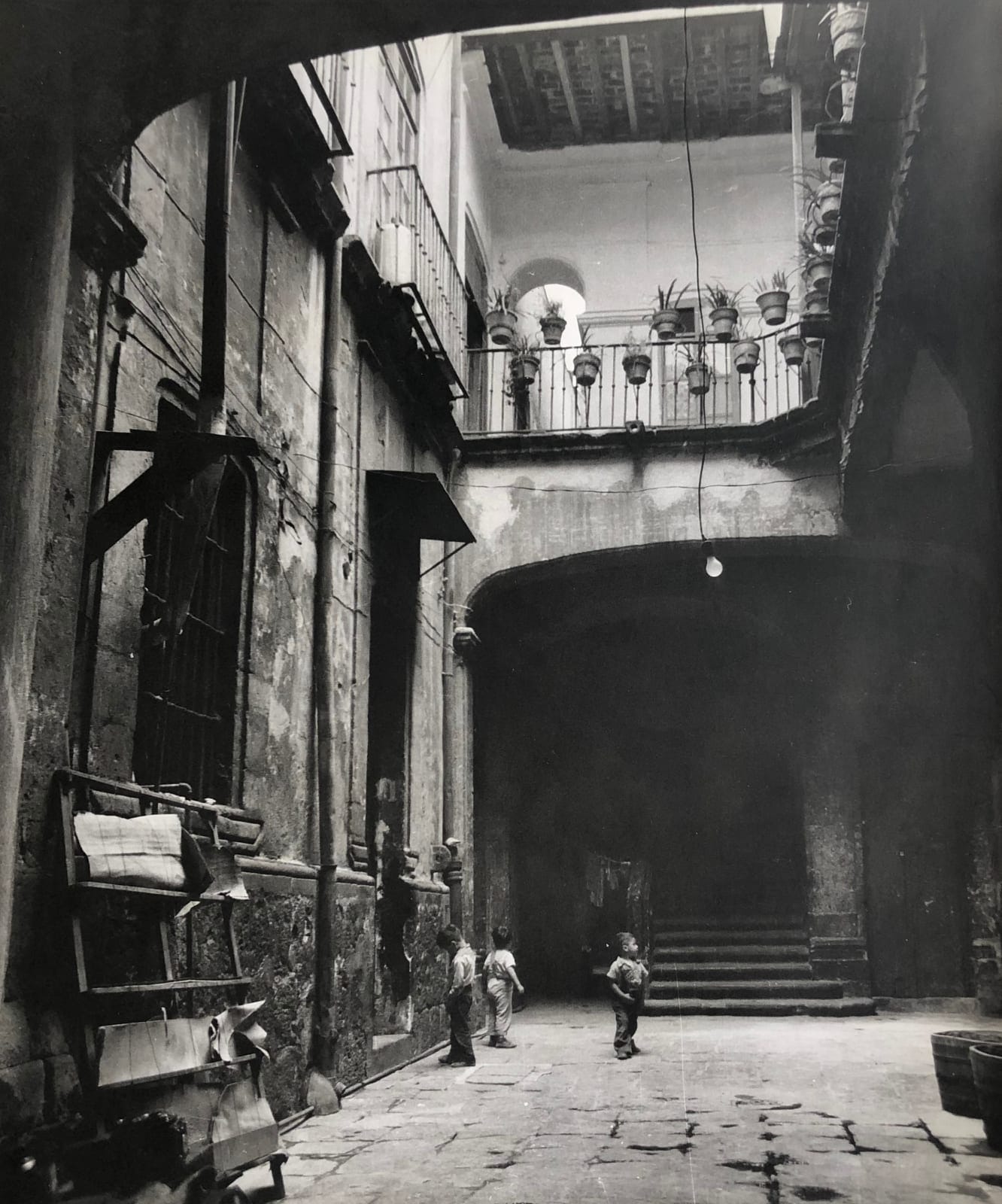
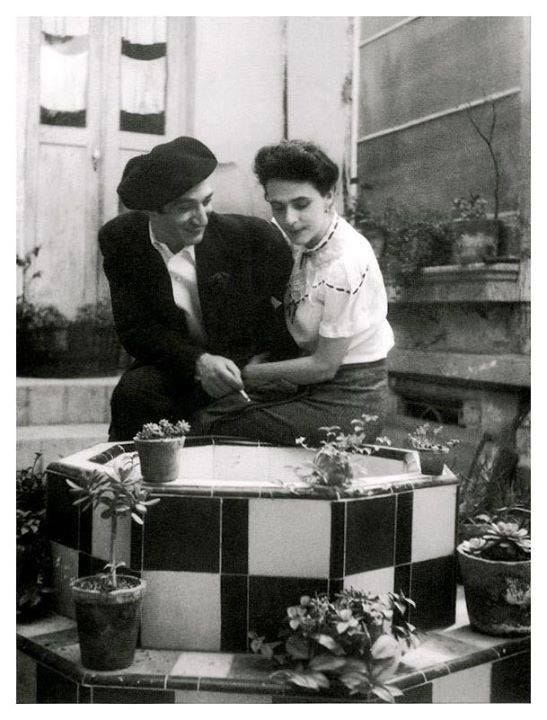
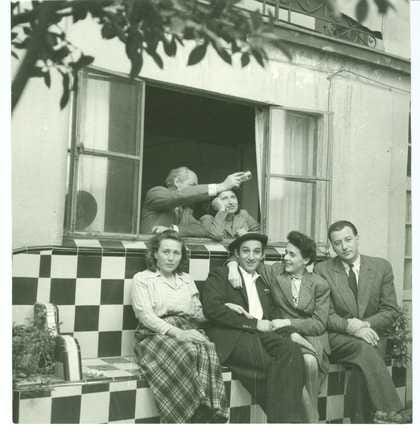
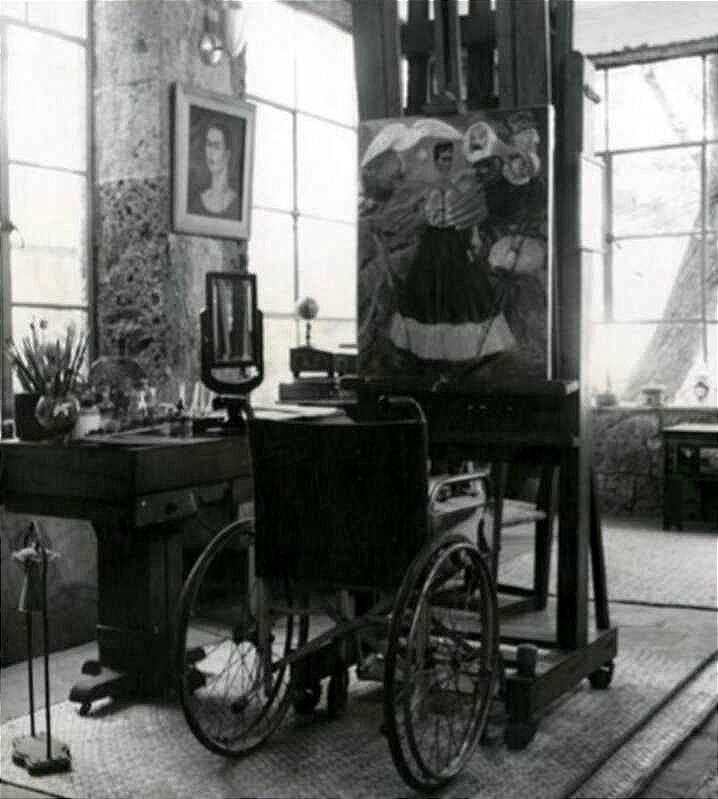




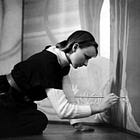
I have been on a long quest to find more surrealist artists, thank you for this lovely article and introducing me to Kati Horna. I adore your substack, thank you tons!
“In images of domesticity and the every day, Horna liberated herself and her female friends from the patriarchal grip these events held over women” - just wonderful. Thankyou for introducing Horna.